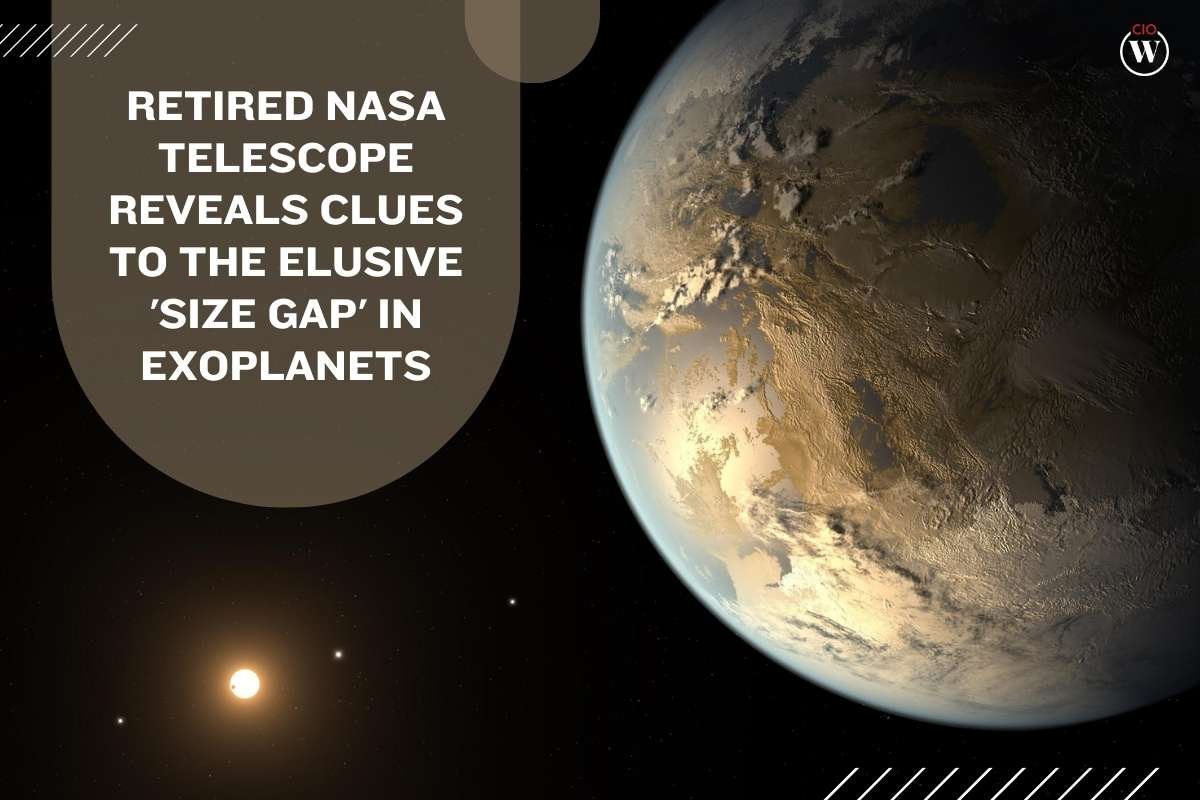A team of researchers, utilizing data from NASA’s retired Kepler Space Telescope, suggests that exoplanets expelling their atmospheres could account for a gap in exoplanet masses. The absence of exoplanets with masses ranging between 1.5 to 2 times that of Earth has puzzled scientists, and a recent study, published in The Astronomical Journal, proposes that this gap is not coincidental.
Jessie Christiansen, a research scientist at Caltech/IPAC and the lead author of the study, noted, “There’s something going on that impedes planets from reaching and/or staying at this size.”
Revealing a high occurrence of young, hot sub-Neptunes
Exoplanets are categorized into various types, including super-Earths (rocky planets similar to Earth) and hot Jupiters (high-temperature gas giants). However, there has been a noticeable scarcity of exoplanets in the mass range between super-Earths and sub-Neptunes. The researchers examined data from 600- to 800-million-year-old star clusters collected by NASA’s K2 mission, a continuation of the Kepler mission. They identified 15 exoplanet candidates and 10 previously confirmed exoplanets, revealing a high occurrence of young, hot sub-Neptunes.
The team proposed that the cores of these sub-Neptunes might be responsible for mass loss, leading to the observed gap in exoplanet masses. Core-powered mass loss occurs when a hot planetary core generates radiation that pushes the planet’s atmosphere away, eventually causing it to dissipate into space.
The study favored core-powered mass loss over photoevaporation as the driver of the mass gap, given the prevalence of sub-Neptunes in the studied clusters. Photoevaporation is believed to occur in the early stages of a planet’s existence, while the clusters examined in this study are hundreds of millions of years old. Therefore, core-powered mass loss appears to be a more plausible explanation.
A cluster of planets exhibiting a perplexing phenomenon
Although Kepler’s mission concluded in 2018, other telescopes such as Hubble and Webb continue to provide detailed insights into distant exoplanets, including the composition of their atmospheres and the nature of the clouds that shroud their skies.
NASA scientists have been grappling with a cluster of planets exhibiting a perplexing phenomenon—apparent shrinkage possibly induced by radiation.
Beyond our solar system, a diverse array of worlds exists. These distant alien planets, known as exoplanets, can range from massive gas behemoths akin to Jupiter to rocky spheres approximately the size of Earth or even “super-puffs” possessing the density of cotton candy.
However, a puzzling gap has been identified where planets roughly 1.5 to two times the width of Earth should be located. Despite NASA’s discovery of over 5,000 exoplanets, there is a conspicuous scarcity of planets falling within this size range. While there are numerous super-Earths (up to 1.6 times Earth’s width) and sub-Neptunes (approximately two to four times Earth’s diameter), there is a notable dearth of planets occupying the space in between.
“Exoplanet scientists have enough data now to say that this gap is not a fluke. There’s something going on that impedes planets from reaching and/or staying at this size,” remarked Jessie Christiansen, a research scientist at Caltech and the science lead for the NASA Exoplanet Archive, as stated in a Wednesday press release.
Also read: James Webb Space Telescope Discovers Most Distant Active Supermassive Black Hole








